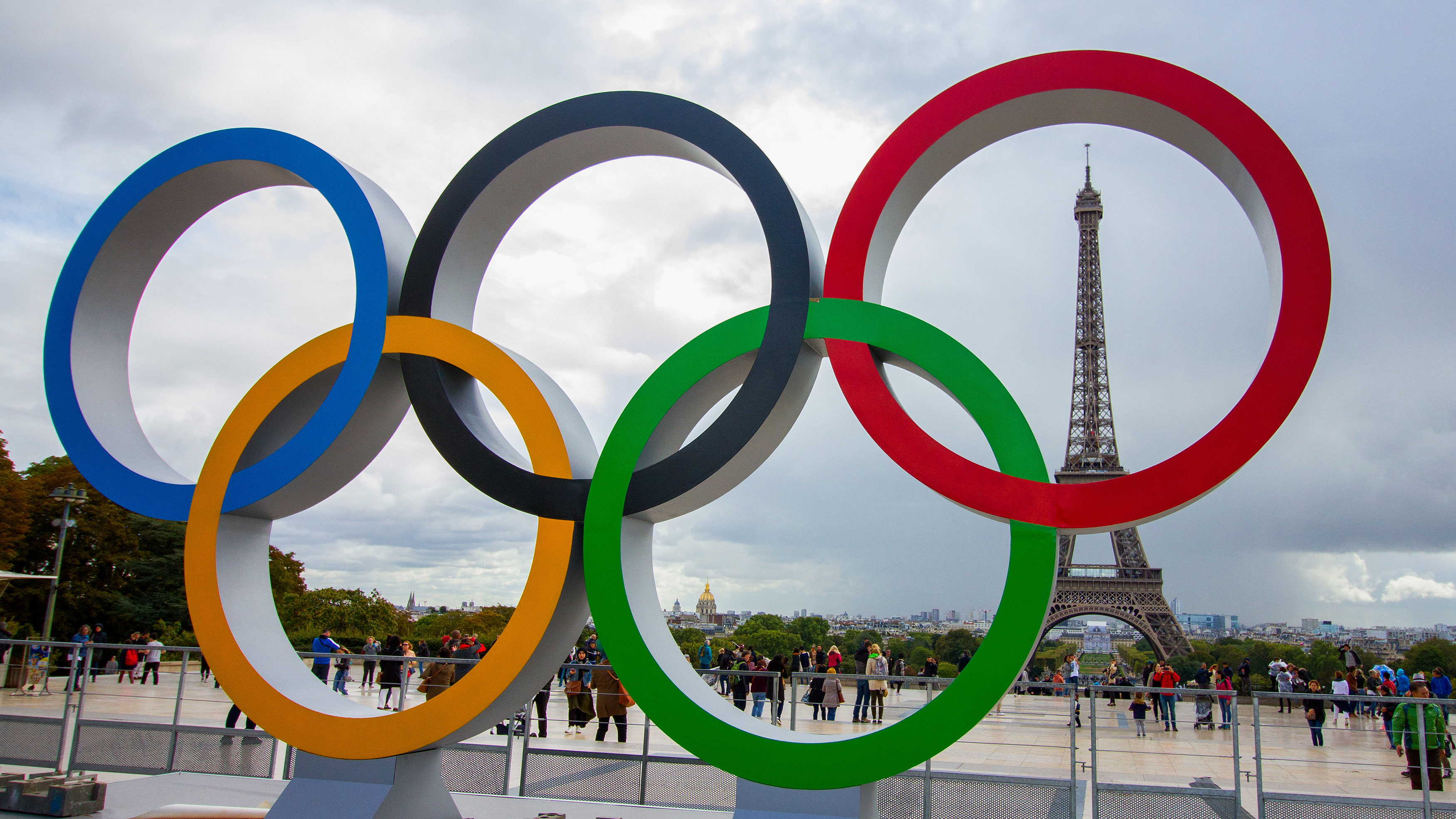After making its debut at the Tokyo Games, sport climbing returns at Paris 2024 for its second Olympic appearance. Read on to learn more about each of the three key disciplines that comprise the sport.
What are the different disciplines within Olympic sport climbing?
Sport climbing consists of three separate disciplines: speed, bouldering and lead.
At the last Olympics, one single combined event was held that incorporated all three disciplines. For the 2024 Olympics, the speed discipline has been split off into a standalone event, but bouldering and lead will remain combined into one event.
We've got the news you need to know to start your day. Sign up for the First & 4Most morning newsletter — delivered to your inbox daily. Sign up here.
What are the rules for speed climbing?
The aim of speed climbing is to scale a 15-meter (49-foot) high wall as quickly as possible. The speed wall is identical at all competitions. Each hold is the exact same size and shape and is placed in the same spot on the wall every time. This is in stark contrast to bouldering and lead climbing, where each route is unique, and athletes are not given any information about the routes until the competition begins. To get good at speed climbing, athletes memorize the path up the wall and practice the ascent ad nauseum so that muscle memory takes over on competition day.
At competition, two parallel speed walls — Lane A and Lane B — are placed beside each other. Athletes climb in pairs, starting simultaneously on the sound of a buzzer. A false start is declared when an athlete leaves the ground less than 0.1 seconds after the buzzer sounds, which accounts for the limit of human reaction time. At the top of each lane is a touchpad that each climber must contact to stop the clock.
All results are based on time. Each race is usually contested within 10 seconds.
In seeding rounds, athletes are ranked by their fastest times. In elimination rounds, athletes are competing head-to-head in a race to the top.
What are the rules for bouldering?
The object of bouldering is to scale multiple short (4.5 meters, about 15 feet) but challenging routes, called “boulder problems,” with the fewest attempts in a given period of time. It is equal parts a mental and physical task, as athletes must have the strength and balance to use the holds, but also the intuition to understand how to manipulate their bodies to solve the problems.
Prior to each round of competition, route setters design and set the problems, which are kept hidden from the athletes until the start of competition. Route setters usually try to test different aspects of the climbers’ abilities on each boulder problem, and each problem can have multiple paths to the top. Unique boulders are set for men and women and are changed between the qualification and final rounds. No rope is used, but the floor beneath the boulder wall is heavily padded.
Each boulder problem has a designated starting position which includes mandatory placement of all four limbs at the bottom of the wall. The uppermost hold is considered the “top” of the boulder. An athlete is determined to have topped the boulder when he/she places two hands on the top hold and maintains control long enough for a judge to give a signal that the ascent was successful. Climbers can make as many attempts as needed within the time allotted.
Between the starting position and the top of each boulder are two "zone holds," which serve as checkpoints along the route. A climber who manages to reach the zone hold but fails to top the boulder is awarded partial credit.
At the end of the round, climbers are ranked based on most boulders topped, most zone holds reached, and fewest total attempts. To "flash" a boulder is to top it on a first attempt. Flashing every boulder in the round is difficult but can guarantee a climber the maximum score.
A climber can earn a maximum of 100 points in each round. The scoring breakdown is as follows:
- 25 points for each boulder successfully topped (for a maximum of 100 points if all four boulders are topped)
- For each boulder not topped: 10 points for reaching the high zone (second checkpoint) or 5 points for reaching the low zone (first checkpoint)
- -0.1 points (a deduction) for each failed attempt to reach a zone or top. Points are only deducted if an athlete later reaches that zone or top.
What are the rules for lead climbing?
Lead climbing tests similar abilities to bouldering but incorporates endurance as well. A unique route is set on a 15m (50 feet) wall. Each climber gets one attempt to ascend as high as they can on the route in six minutes. In addition to ascending the route, lead climbing requires athletes to periodically clip their belay rope into several quickdraw carabiners installed along the route for safety. Failing to clip into a quickdraw invalidates any further progress a climber may make on the route.
On a lead climbing wall, there are at least 40 holds present, and only the highest 40 holds are assigned point values. Reaching the top hold will earn the climber a full 100 points. The scoring breakdown is as follows:
- The highest 10 holds (40-31): 4 points each
- The previous 10 holds (30-21): 3 points each
- The previous 10 holds (20-11): 2 points each
- The lowest 10 holds (10-1): 1 point each
Additionally, if an athlete moves toward the next hold but is unsuccessful, they are awarded .01 points.
In each round, the lead climbing competition begins with a six-minute collective observation period, during which climbers can study the wall without attempting it. Following the observation period, all athletes return to the isolation zone, and one-by-one emerge to attempt the climb.
How does the combined format for bouldering and lead work at the Olympics?
In each round, scores from the bouldering and lead portions of the competition will be added together to get each athlete's overall score. Because 100 points each are available in bouldering and lead, 200 points is the maximum combined score that an athlete can have. Climbers will be ranked by their overall scores.
For more details on how the competition will work, check out NBC Olympics' article on the Olympic competition format for sport climbing.
Sport climbing schedule for the 2024 Olympics
Sport climbing action will be held from Aug. 5-11 at Le Bourget Sport Climbing Venue in Le Bourget, France.





